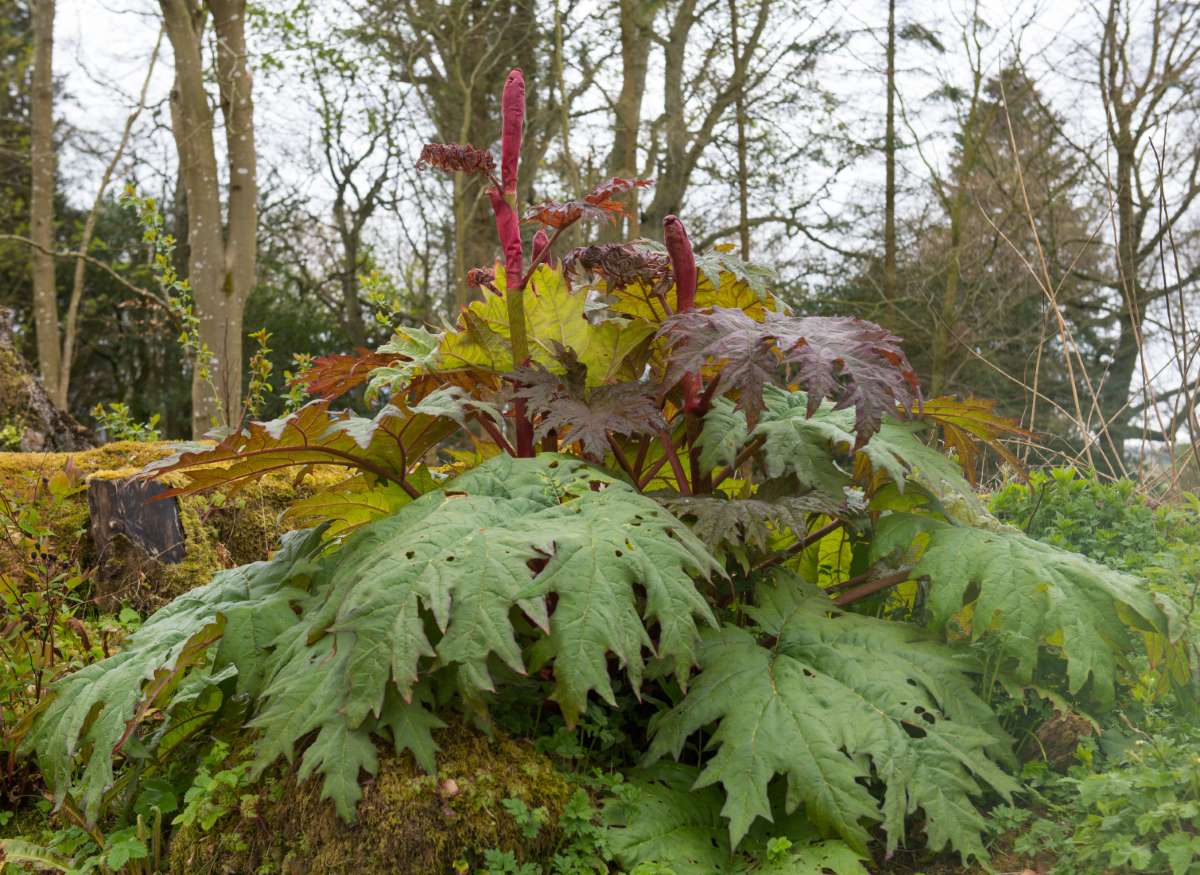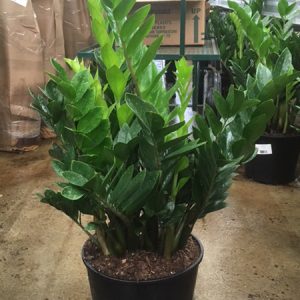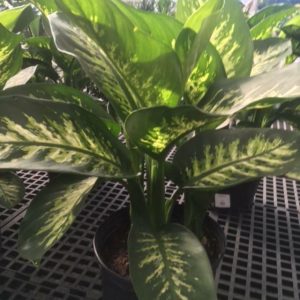Description
Rheum – Rhubarb –
There are 60 or so species, of rhizomatous, often tough or woody perennial in the Polygonaceae family, in this genus. They are found naturally occurring in a range of habitats, from marshy meadows and stream sides to scrub and rocky slopes, in eastern Europe and Central Asia to the Himalayas and China. Besides R. x hybridum which is grown for its edible leaf stalks, the Rhubarbs described here are grown for their imposing, large, basal leaves and tall flower panicles. A few species from mountainous region in Asia are dwarf , with small flower spikes. The hermaphrodite petalless, star shaped flowers are greenish-white to rose-red and sometimes have colorful bracts. The rounded, entire to palmately lobed leaves often emerge from bright red buds, they are sometimes crimson purple when young usually with coarse teeth and prominent veins, mid ribs. Flowers are followed small, triangular, winged, usually brown fruits. Grow rhubarbs near water, or in moist border or woodland garden. The leaves may cause severe discomfort if ingested.
Grow in deep, moist, humus rich soil in full sun or partial shade. R. alexandrae prefers wet marshy soil. Mulch annually with rotted organic matter. Divide in early spring.
Prone to root rot, slugs, rust, crown rot (sore shin), and Southern blight.
R. palmatum – Chinese rhubarb – This rhizomatous perennial from Northwestern China and Northeastern Tibet grows 8′ feet tall and 6′ feet wide. From a massive rootstock and thick leaf stalks that bear broadly ovate to rounded, palmately 3 to 9 lobed, coarsely toothed, deep green leaves, to 36″ long, purple-red or red and softly hairy beneath.. In early summer, numerous tiny, star shaped, creamy green to dark red flowers are borne in panicles, to 6′ feet long.
Zones 5-9




